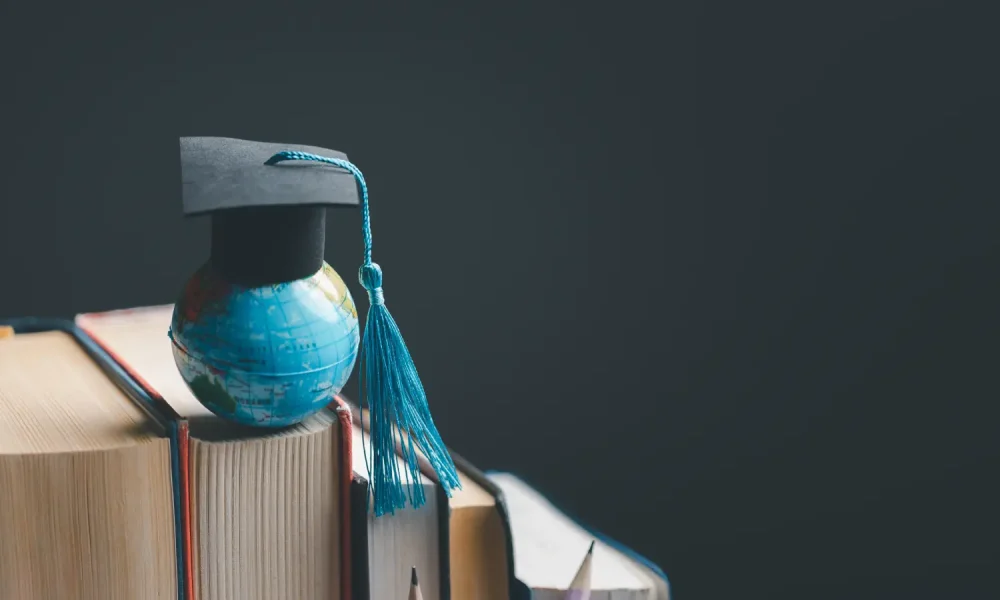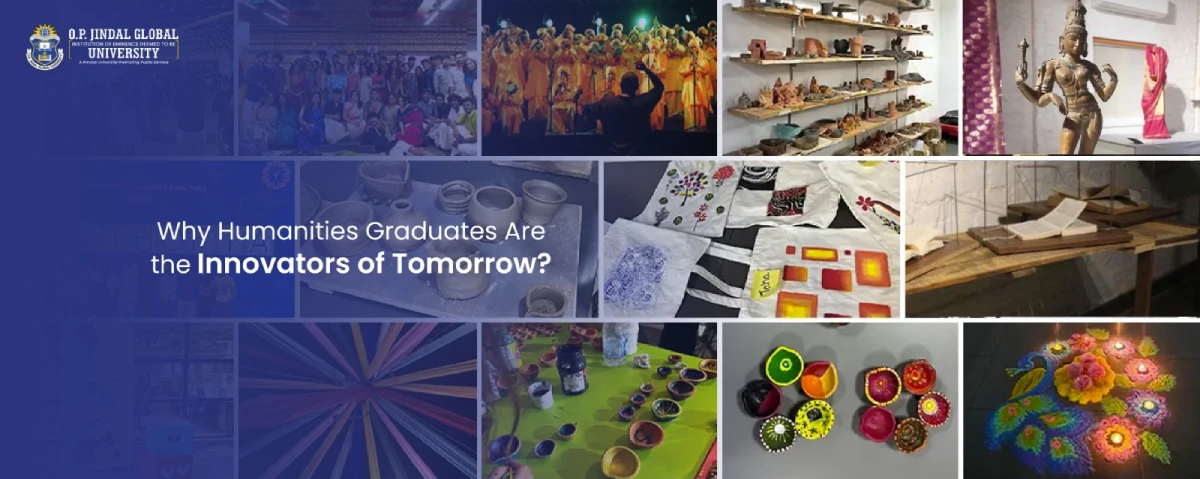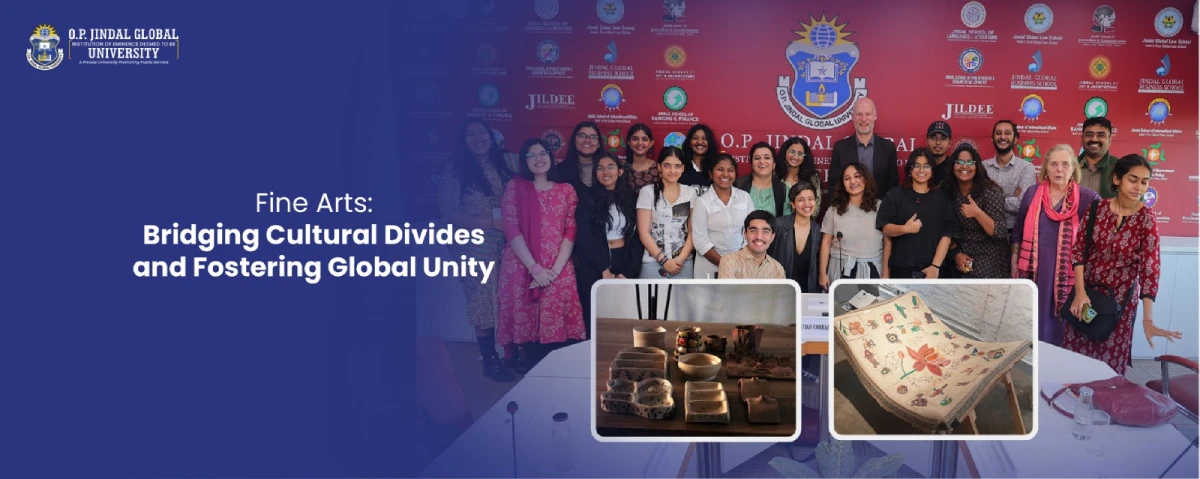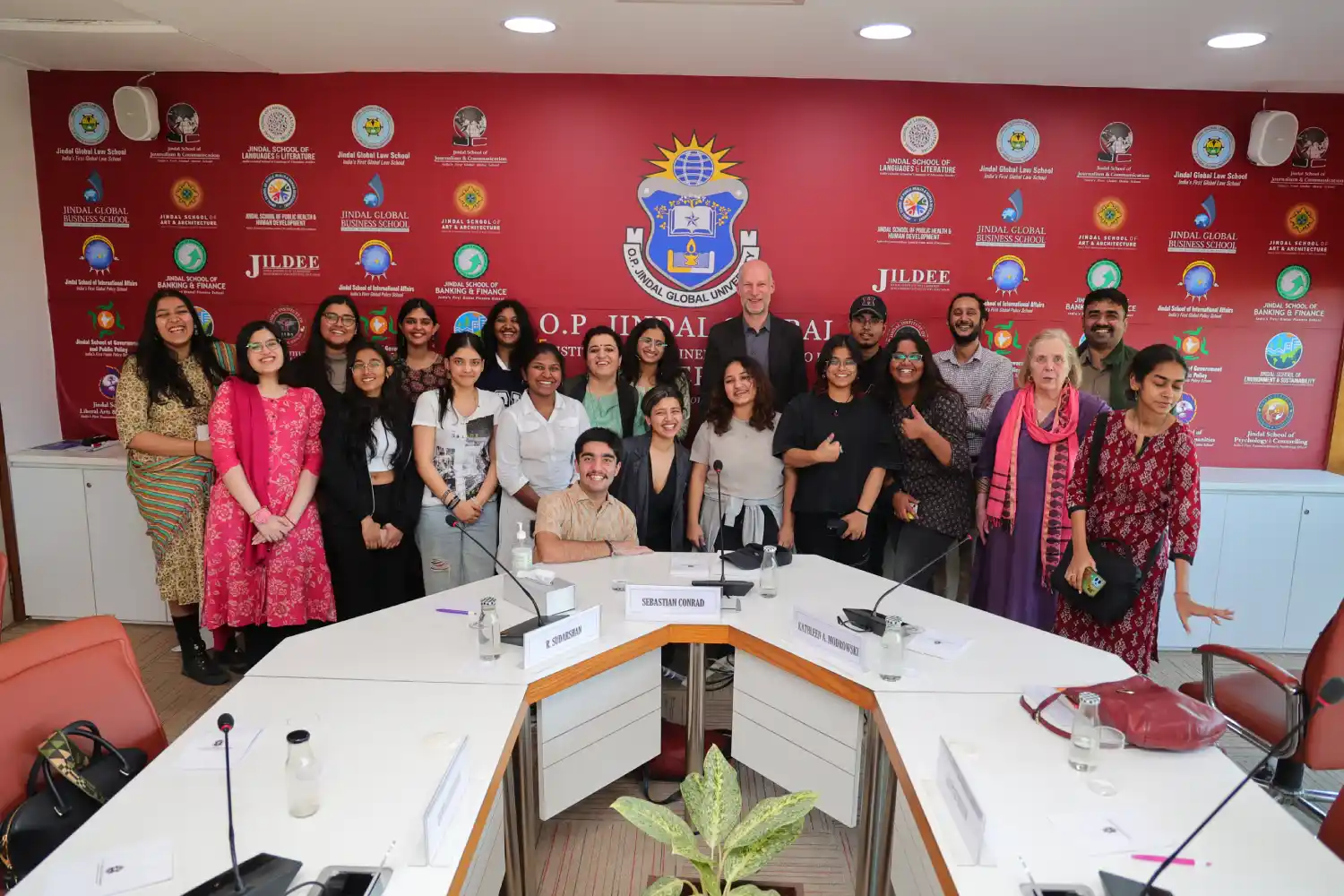Table of Contents
Introduction
Fine arts encompass a diverse and vibrant array of creative expressions that span visual, performing, and literary arts. Rooted in artistic tradition and innovation, fine arts serve as a powerful means of communication, expression, and exploration of the human experience. Visual arts, including painting, sculpture, drawing, and photography, capture moments in time, evoke emotions, and convey narratives through imagery and symbolism.
Performing arts, such as music, dance, theatre, and film, engage audiences through live performances, rhythm, movement, and storytelling. Literary arts, encompassing poetry, prose, and drama, use language as a medium to evoke imagery, provoke thought, and convey meaning. Across these disciplines, fine arts inspire creativity, challenge perceptions, and foster connections between individuals and communities. With a rich history and ongoing evolution, fine arts continue to shape cultural identity, provoke social discourse, and celebrate the beauty and complexity of our world.
What is Bachelor of Fine Arts?
A Bachelor of Fine Arts (BFA) degree is an undergraduate program that offers specialized education and training in various fields of the fine arts. This comprehensive degree typically spans four years and provides students with a rigorous curriculum that combines theoretical study with practical application in their chosen artistic discipline.
Key components of a BFA program may include:
Studio Practice
Hands-on experience in creating art under the guidance of experienced faculty members and visiting artists. This component allows students to develop their artistic skills, experiment with different techniques, and build a portfolio of work.
Art History and Theory
Study the historical development of art and critical analysis of contemporary art movements, styles, and concepts. This component gives students a contextual understanding of art and its significance within cultural, social, and historical contexts.
Critique and Feedback
Regular critiques and feedback sessions, where students present their artwork to peers and faculty members for constructive criticism and discussion. This component helps students refine their artistic vision, develop their voice, and improve their craft.
Professional Development
Preparation for a career in the arts, including training in portfolio development, exhibition practices, marketing and promotion, and networking within the arts community. This component equips students with the practical skills and knowledge needed to succeed as professional artists or pursue further education in the field.
Why Study Bachelor of Fine Arts?
Studying a Bachelor of Fine Arts degree offers numerous benefits and opportunities, making it an appealing choice for those passionate about the arts. A BFA program provides an immersive environment to hone your artistic skills and develop your unique creative voice, offering specialized training in fields such as painting, sculpture, photography, graphic design, and performing arts.
This focused education prepares you for a professional career in the arts. Additionally, engaging with art history, theory, and criticism enhances your ability to analyze, interpret, and critique works of art, fostering critical thinking and problem-solving skills. The program also encourages experimentation and innovation, allowing you to explore various mediums and techniques. Through studio practice, critiques, and professional development opportunities, a BFA equips you with the technical proficiency and conceptual understanding necessary to succeed in the dynamic and competitive art world.

Bachelor of Fine Arts Syllabus and Subject List
In a Bachelor of Fine Arts (BFA) Honours program, the subject list typically includes a combination of core subjects, specialized courses, and elective options that allow students to deepen their understanding and skills in their chosen focus areas. Here’s a brief look at bachelor of fine arts subjects list.
1. Drawing and Sketching: Fundamentals of drawing, including observation, composition, and expression.
2. Painting Techniques: Exploration of various painting mediums and techniques, such as oil, acrylic, watercolor, and mixed media.
3. Sculpture and 3D Design: Hands-on experience in sculpting and spatial design using materials like clay, wood, metal, and found objects.
4. Art History and Aesthetics: Study of art movements, styles, and critical theories, with a focus on historical and contemporary contexts.
5. Color Theory and Composition: Understanding color theory principles and compositional strategies in visual art.
6. Printmaking: Techniques such as etching, lithography, screen printing, and relief printing.
7. Digital Art and Multimedia: Exploration of digital tools and techniques for creating art, including digital painting, graphic design, and interactive media.
8. Figure Drawing and Anatomy: Study of human anatomy and figure drawing techniques for artists.
9. Photography and Videography: Basics of photography, including camera operation, composition, and image editing.
10. Portfolio Development: Guidance on compiling a professional portfolio showcasing students’ best work.
Bachelor of Fine Arts Teaching Methodology at JGU
At Jindal Global University (JGU), the Bachelor of Fine Arts (BFA) program incorporates innovative teaching methodologies to provide students with a dynamic and immersive learning experience in the field of fine arts. Some key teaching methodologies employed at JGU for the BFA program include:
Studio-Based Learning
The BFA program emphasizes hands-on studio practice, allowing students to engage directly with artistic materials and techniques. Through studio courses, workshops, and projects, students can experiment, create, and develop their artistic skills under the guidance of experienced faculty members and visiting artists.
Interdisciplinary Approach
JGU encourages an interdisciplinary approach to fine arts education, enabling students to explore connections between different artistic disciplines and integrate diverse perspectives into their creative practice. This approach fosters innovation and collaboration across various art forms and disciplines.
Critique Sessions
During regular critique sessions, students present their artworks to peers and faculty members for constructive feedback and discussion. These sessions provide valuable opportunities for students to refine their artistic vision, receive guidance on technical and conceptual aspects, and engage in critical dialogue with their peers and mentors.
Art History and Theory Courses
The JGU BFA program includes art history, theory, and criticism courses, providing students with a contextual understanding of artistic traditions, movements, and concepts. By studying the historical and theoretical foundations of art, students gain insights into the broader cultural, social, and philosophical contexts that shape artistic practice.
Experiential Learning
JGU offers various experiential learning opportunities for BFA students, including internships, artist residencies, and collaborative projects with art institutions and practitioners. These real-world experiences allow students to apply their skills in professional settings, gain practical insights into the art industry, and build networks within the arts community.
Technology Integration
The BFA program at JGU leverages technology to enhance the learning experience and facilitate creative exploration. Students have access to state-of-the-art facilities and resources, including digital labs, multimedia studios, and online platforms, enabling them to experiment with digital art, video production, and other emerging technologies.
Bachelor of Fine Arts Important Books
Here are the names of important books for Bachelor of Fine Arts students in India:
- Indian Art by Partha Mitter
- The Art of India by Hermann Goetz
- Contemporary Art in India: A Perspective by Pran Nath Mago
- The Oxford History of Art: Indian Art by Vidya Dehejia
- An Illustrated History of Indian Art by K. Bharatha Iyer
- Art and Visual Culture in India, 1857-2007 by Gayatri Sinha
- The Art of India: Traditions of Indian Sculpture, Painting, and Architecture by Stella Kramrisch
- Introduction to Indian Art by Ananda K. Coomaraswamy
- Chola Bronzes: The Hindu Religious Art of South India by Douglas Barrett
- Rethinking Modernity: Art and Culture in Colonial India” by Kajri Jain
About JGU BFA Course
A Bachelor of Fine Arts (BFA) is an extensive four-year undergraduate degree program that provides specialized and thorough training across various fine arts disciplines. Tailored to nurture artistic talent and comprehension, the curriculum integrates both theoretical understanding and practical experience.
Core and elective subjects cover a broad spectrum, including art history, delving into global artistic evolution; art theory, exploring underlying principles and philosophies; art criticism, teaching students to assess and interpret artworks; art appreciation, fostering a deeper connection to visual arts; and studio practice, offering hands-on creation opportunities.
At the Jindal School of Liberal Arts and Humanities (JSLH), the B.F.A. (Hons.) program is meticulously crafted to cultivate visual artists while encouraging the exploration of diverse artistic avenues. This comprehensive approach ensures graduates are well-equipped for various career trajectories within the art industry.
Alumni can embark on freelance studio careers, produce illustrations for publications, exhibit and sell their work in galleries, venture into creative design fields, delve into art historical analysis, or engage in art acquisition. Additional career pathways include curatorial roles, gallery assistance, community art initiatives, arts marketing, and theatre set design.
Frequently Asked Questions
What are some popular jobs after bachelor of fine arts or related degree?
After a BFA, graduates can pursue roles like Fine Artist, Graphic Designer, Illustrator, Art Director, Animator, Art Teacher, Museum Curator, or Art Therapist, leveraging their creative skills in various industries like art, design, education, and healthcare.
Is a BFA degree more practical-based or theory-based?
A BFA degree primarily emphasizes practical-based learning, focusing on hands-on artistic skill development through studio courses, experimentation with mediums, and receiving critique. While art history and theory are studied, the primary focus remains on creating artwork and preparing students for professional artistic careers.
What is better- BFA or Fashion Designing?
Choosing between a BFA and Fashion design depends on individual interests and career goals. BFA offers a broader foundation in visual arts beyond fashion, while Fashion Designing specializes in clothing design. Consider career aspirations and desired artistic scope when making the decision.





